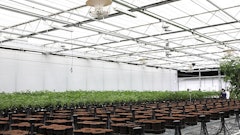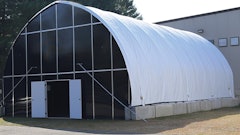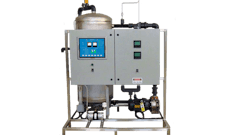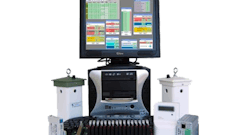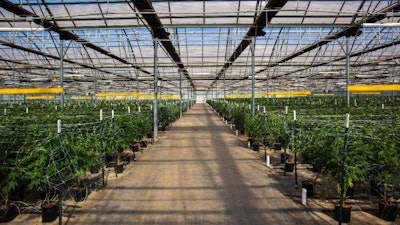
Over the last several years, greenhouse production has become popular for cultivators as it offers a more controlled environment and allows for year-round production.
In Cannabis Business Times' first "State of the Cannabis Cultivation Industry Report," published in 2016, 34% of participants reported they cultivated cannabis in a greenhouse, while 80% reported growing in warehouses/indoors, and 37% reported growing outdoors.
In CBT's fifth annual study, published in 2020, the number of participants who said they grew cannabis in a greenhouse increased to 41% (+7%), while individuals who said they cultivated cannabis in warehouses/indoors decreased to 60% (-20%) and participants who said they grew cannabis outdoors increased by to 37% (+5%).
Now it’s time to prepare your greenhouse for the upcoming growing season, and you can extend your season into the colder months with a proper setup.
From genetic selection to sanitization practices, Michelle Hackett, president of Riverview Farms, a California-based minority- and woman-owned and operated business, shares critical considerations to optimize your greenhouse performance and prepare your space for a new season while minimizing efforts and expenses.
1. Carefully Select Genetics
Riverview Farms cultivates cannabis year-round, and Hackett says genetic selection is crucial to the company’s success.
"For us, really step one is making our genetic selection and also prepping our mothers because we are a nursery," Hackett says. "We chose to produce a hundred percent of our clones needed for our production. So, if you are not vertical and that's not an option, I think step one is making sure that you know what genetics you want to grow for that particular time of year."
Riverview Farms typically changes its strains quarterly and structures its menu to always have a gas, an exotic, a fruit or a fun flavor. The company also selects its strains according to yields, flowering time, THC potency, and more, she says.
For example, because Riverview Farms harvests every eight weeks, the team only selects strains with an eight-week growth cycle, Hackett says.
"We choose to find those genetics that are eight-week strains, and we choose to harvest all at once as opposed to doing the partial harvest, which can work as well if you're a smaller operator," she says. "Some cultivators choose 10-week strains. I mean, some genetics take longer inside a greenhouse, but we really try to keep it at eight weeks."
Hackett suggests shying away from cultivating an eight-week and 10-week strain simultaneously. Instead, she says marrying the strains with the cycle and time of year is ideal.
"Let's just say you had the plants 50/50, right? 50% of your harvest is an eight-week cycle, 50% is a 10-week,” she says. “Well, now you're wasting two additional weeks to get that other plant to grow and finish, and then half of your greenhouse for two weeks is sitting idle, which you're still paying on that canopy. And if you're going to do an eight-week strain, you're going to be able to get additional turns. If you're doing 10-week strains, you're losing about four weeks every other cycle. So, you can get more turns if you are going with a shorter cycle plan, but that's just what we choose to do."
RELATED: How Riverview Farms’ Michelle Hackett Works: Cannabis Workspace
Riverview Farms also selects its genetics a year in advance. For example, Hackett and Riverview Farms' head grower recently selected genetics for January through June of 2024.
"We are having to plan over a year out to ensure that we stay on a consistent timeframe for cuttings and making sure that the genetics we want at that time of year we'll have mother stock generated, that we'll have enough mother stock to generate the number of [plugs] we'll need, et cetera," she says. "So, it's a far-out process that you have to be thinking about constantly because we will be in production all year, and we'll have to cycle out those mothers."
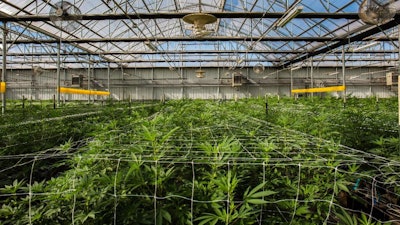
Moreover, Hackett says ensuring you have a secure and trusted source for your genetics is crucial to protect your crops from viruses like Hop Latent Viroid, which continues to be a widespread profit killer for growers coast to coast.
"It's important that you know and trust where your genetics are coming from because that Hop Latent Viroid can really affect your yield, your potency, [and more],” she says. “So, I think it's extremely important that if you do not plan to generate your own clones or vegetative plants, you better ensure you have that locked up immediately."
2. Sanitize Your Space
"The key to a successful cultivation is starting with a sanitary room," Hackett says.
Prior to planting, Riverview Farms will complete routine maintenance and conduct any necessary repairs. For example, the company will use blowers to remove excess debris, check its drip irrigation systems to ensure all drippers are working correctly and that there are no plugs or leeches in the line, remove all old pots, ensure there is no additional trellis netting from the previous crops, remove any METRC or plant tags, and much more, Hackett says.
The company also cleans its greenhouses roofs yearly.
"Every year, we go through a sanitation of the roofs because we're in ag[riculture] land, and we have to make sure they're nice and clean so we're getting the ultimate sun," she says. "Because you have to think about wind and storms and rain. We want to make sure we have a clean, sterile environment. So, we're starting with basically a clean slate."
3. Check Your Temperature
Greenhouses require proper temperatures for optimal growth and production.
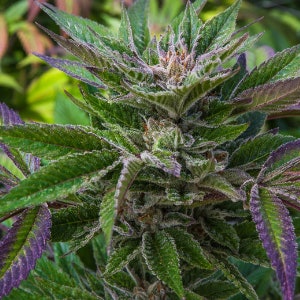
"Ultimately, once we bring in plants, it's really making sure that we continuously maintain the proper [temperature] controls," Hackett says. "Meaning when it's time for blackout, when it's time for watering, when it's time for fans, when it's time for heaters, making sure that [head grower] Sean is really dialed in."
Riverview Farms uses a system that monitors and controls greenhouse temperatures through team members’ phones.
"There's a lot of different systems out there on the market, but if you can have that third party temperature-controlled system, that's an incredible benefit for your grower because at any time they can jump on their phone, even if it's the weekends," she says. "Temperature dictates those plants' success, and we can't ever leave them on autopilot. With the climate constantly changing and us using the natural environment to grow cannabis, we have to ensure that we are setting our plants up."
4. Choose the Right Materials
Prior to planting, ensuring you have the right supplies and materials, such as fertilizer, nutrients and pots, is vital, Hackett says.
Riverview Farms reuses and sanitizes its pots and mixes its fertilizer.
"We've looked for pretty much any way that we can be eco-friendly and prepared," she says. "Ultimately, the worst thing you could do is be set up to go in for a harvest and not have [the right] tools. And it seems obvious, but there have been many times when people have called us and said, 'Oh my God, we're short pots.' or 'Oh my God, we're short a pallet of whatever soil.'
"Naturally, you should have all those things in line, but just make sure all your supplies and needs are on point. Again, that goes through the nutrients, and that also goes through anything you might be using in terms of spray application or beneficial mites."
5. Establish a Game Plan
Creating a plan to prepare yourself for various changes or challenges that may come with each season is crucial, as "various times of the year bring various challenges," Hackett says.
"For example, for us here in the Salinas Valley, we have all of our agriculture crops growing from April to November," she says. "So, for me and my growers, we always have to think about pest control management because we have all these agriculture fields in season, so that means food for bugs. So not only are they coming to our area because they want to eat the lettuce and the strawberries and all the yummy ingredients around us, [but] we have all our ridge vents open, and bugs can come in."
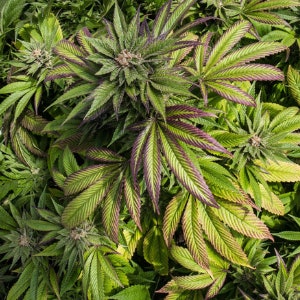
She says that based on the time of year, specific solutions help offset certain problems.
"For example, sometimes we may release beneficial mites, so those are good bugs that eat bad bugs," she says. "So, if we're experiencing a high level of bug pressure because those ag fields are coming back in, it's a perfect time to use a tool that's going to work against that. In a situation like that, my assumption is Sean's attack plan would be to release beneficial mites using bug pressure versus another issue."
Whereas if Riverview Farms is dealing with spider mites, which are a common cannabis pest, they might use a spray application to combat the spider mites, she says.
"So, there are various plans that we have in place depending on the issue. Even temperature control, as I said, plays a huge part because ultimately, if we catch things early enough, we can reset and reassess," she says. "Obviously, we can't change the weather, but we can try our best to accommodate a consistent climate in the grow rooms throughout its life cycle."
Join us this year at the Paris Las Vegas Hotel & Casino for Cannabis Conference, the leading education and expo event for plant-touching businesses. From greenhouse design to protecting your crops from Hop Latent Viroid, Cannabis Conference’s high-level education program covers the industry’s most relevant and essential topics.
















